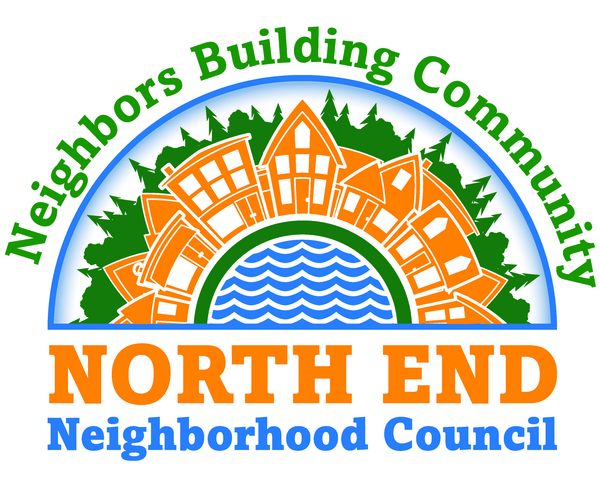Check out these aerial maps, zoom in & out to see what your street or home looked like in 1931. Uncheck the box and it will flip to 2022.
https://www.arcgis.com/home/webmap/viewer.html?webmap=47ede2f36aa64dabafa9b37f7632241d&extent=-122.5082,47.2534,-122.4766,47.2656
In either time period, do you see allot of trees? Probably not, since most of Tacoma had it’s old growth forests clear cut. Exceptions were Pt. Defiance Park, various gulches feeding into the bay like: Mason; Puget Sound and Buckley gulches. North East and West sides of Tacoma show vacant, undeveloped land. McKinley and Lincoln reflect early housing. Note that many dark spots are new home roofs with the only trees nearby on lot’s yet to be built.
Find the University of Puget Sound’s campus. What a transformation of very few trees in 1931 on the north side of campus to 2022 showing what a well executed tree plan produces, now over 1,500 trees on campus.
Large areas of South Tacoma were prairie land, as noted in a publication about the first horse race track in the region. Some of these were former industrial areas, thus requiring major tree planting efforts to cool off these hot zones to combat global warming and create a healthier environment for its residents and nature’s creatures.
“a beautiful open spot known as the head of the prairie. It is a gravelly plain, having a thin top soil … clothedwith a short stubble of wild grass which has been cropped down by sheep, horses and cattle at large… ”

